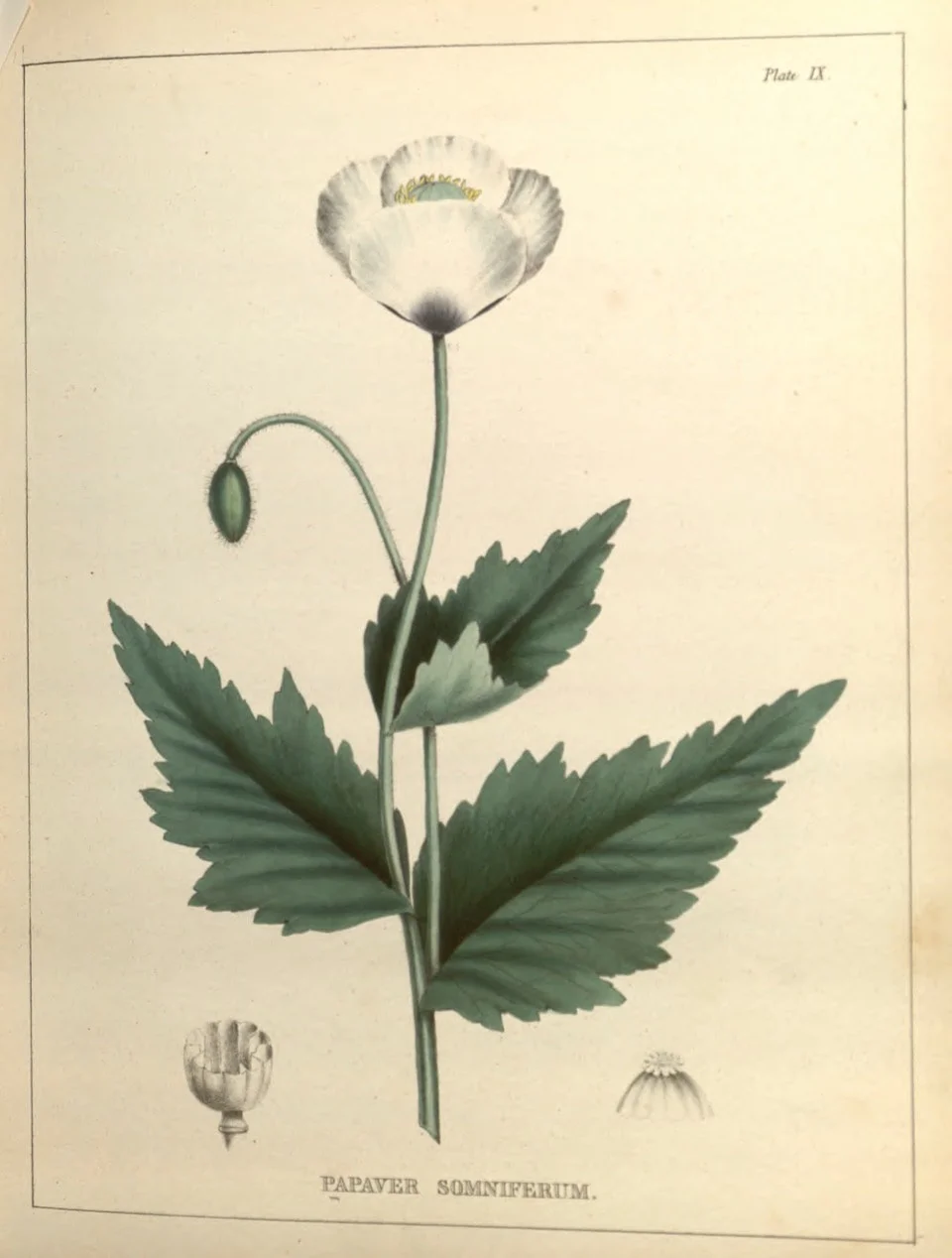“HORRID BARBARITY:” A Trial Against Slaveholders in New York City
By Kelly A. Ryan
In February 1809, three seamstresses made their way to the special justices of New York City to register a complaint against their employers for abusing the slaves living in their household. They charged Amos and Demiss Broad, a married couple who ran an upholstery and millinery business in the second ward of New York City, with a litany of abuses, including throwing a knife at a three-year-old child. An unlikely trial occurred at the Court of General Sessions by the end of the month, in which the Broads stood trial for assaulting Betty and her three-year-old daughter Sarah. Ultimately, nine witnesses came forward against the Broads, and two of the witnesses who originally agreed to provide evidence for the Broads ended up supporting the prosecution. Though the employees and neighbors of the Broads would be critical to pushing this case forward, Betty’s efforts to get help forced New York City to reckon with the cruelty of slaveholding. The case against the Broads would be a stunning victory for African Americans and the New York Society for the Manumission of Slaves (NYMS), as well as an important moment in generating discussions about the rights of slaves to live unmolested.
Read More








